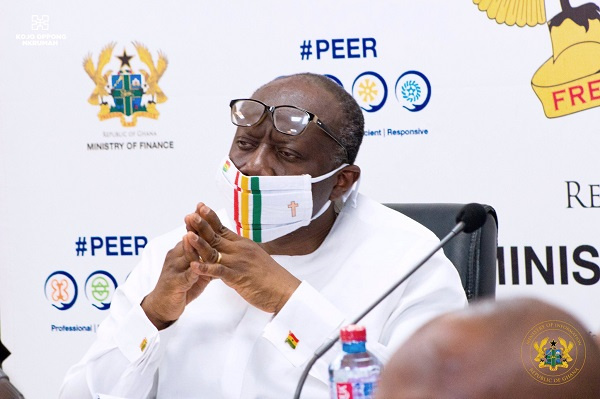
This is arguably the most ambitious economic growth and development plan devised by any government in Ghana, competing in its transformational impact potential with the centralized economy plans of Kwame Nkrumah and the Economic Recovery Programme drawn up and the World Bank and the International Monetary Fund, and implemented under the leadership of the recently deceased Jerry John Rawlings.
The second phase of Ghana CARES seeks to leverage on the need for an economic rebound from the harsh effects of COVID-19, within the context of President Akufo-Addo’s vision of “Ghana Beyond Aid.” This ambitious programme faced competition from the alternative “Big Push” proposed by the National Democratic Congress but the (still contested) electoral results seem to have put that issue to rest.
To be sure the coronavirus pandemic has had extensive economic impacts. GDP growth is sharply down from the 6.8 percent originally projected, to a forecast1.9 percent GDP growth for 2020.
Across the private sector, informal businesses, micro, small and medium enterprises (MSMEs), as well as large businesses are all under strain – especially in the hospitality, education, manufacturing and agricultural sectors.
For the public sector, the Government’s public finances are also under strain, with a projected deficit of 11.4 percent for 2020, compared with 4.7 percent of GDP originally programmed.
In May 2020, the President charged the Minister for Finance to lead the preparation of a Government economic stabilization and recovery programme to mitigate the impact of the pandemic on the lives and livelihoods of Ghanaians and to ensure that the country quickly emerges from the pandemic with a stronger and more resilient economy. This resulted in the design of a two-phased Ghana CARES programme.
The first phase, which has lasted for the second half of 2020 was aimed at short term economic stability and immediate socio-economic relief for Ghanaians.
With that six month programme almost concluded, the far more comprehensive and potentially transformational second phase, to be implemented from 2021 to 2023 can now begin. Indeed it was officially launched on November 20 by Senior Minister Yaw Osafo-Maafo.
The Revitalization and Transformation part of Ghana CARES Obaatanpa – to be implemented between 2021 and 2023 – has two goals.
The primary goal is to turbocharge productive sectors of the economy via competitive import substitution, export promotion, economic diversification, and leveraging of digitization. Success on this goal will further improve food security, accelerate industrialization, create jobs, strengthen foreign exchange reserves, and stabilize the exchange rate.
A second goal is to optimize the implementation of Government’s current growth and transformation flagships for greater results, value-for-money, and financial sustainability. Read Full Story


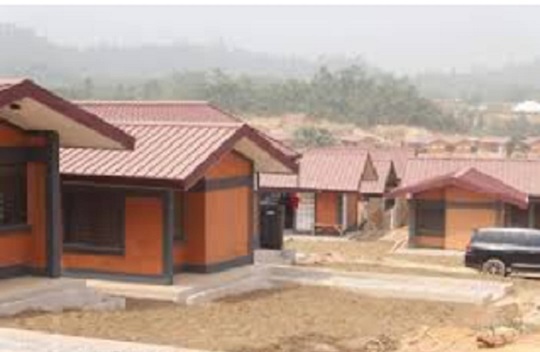

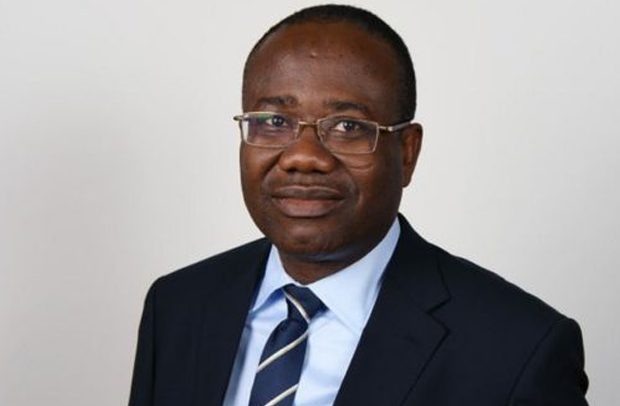
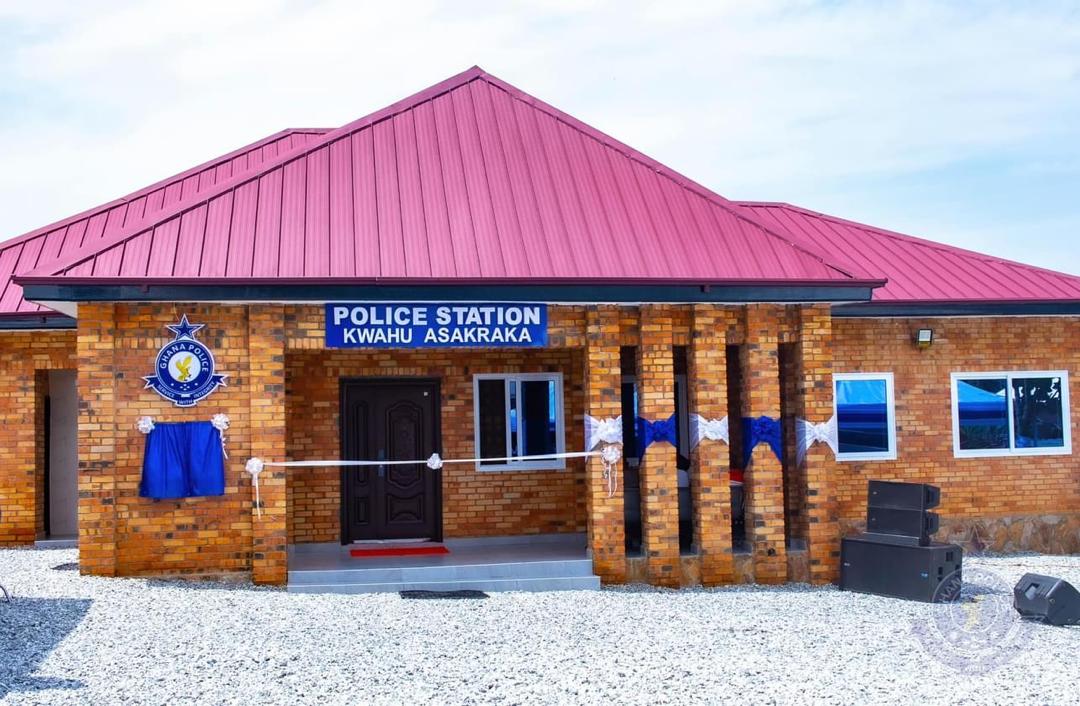

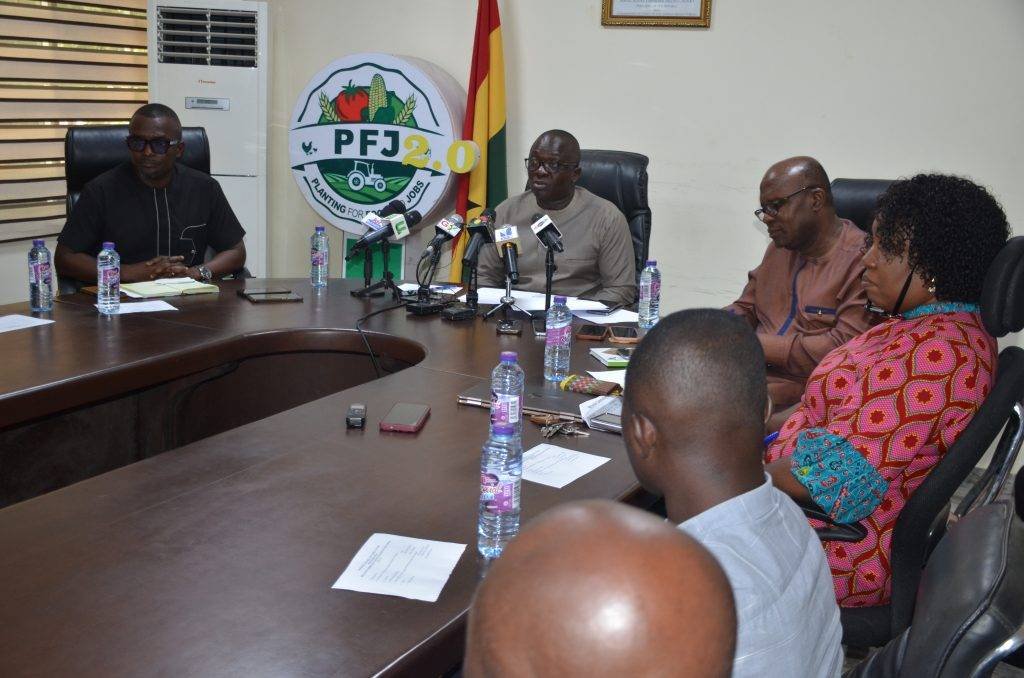






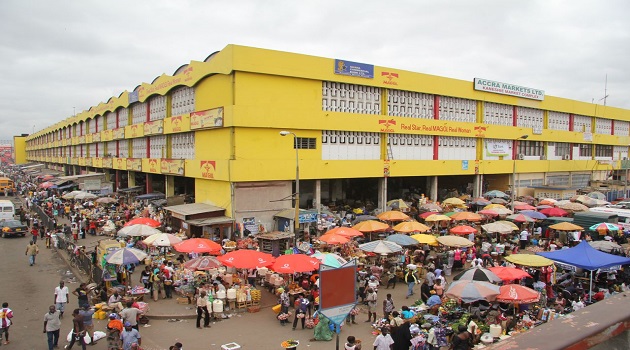
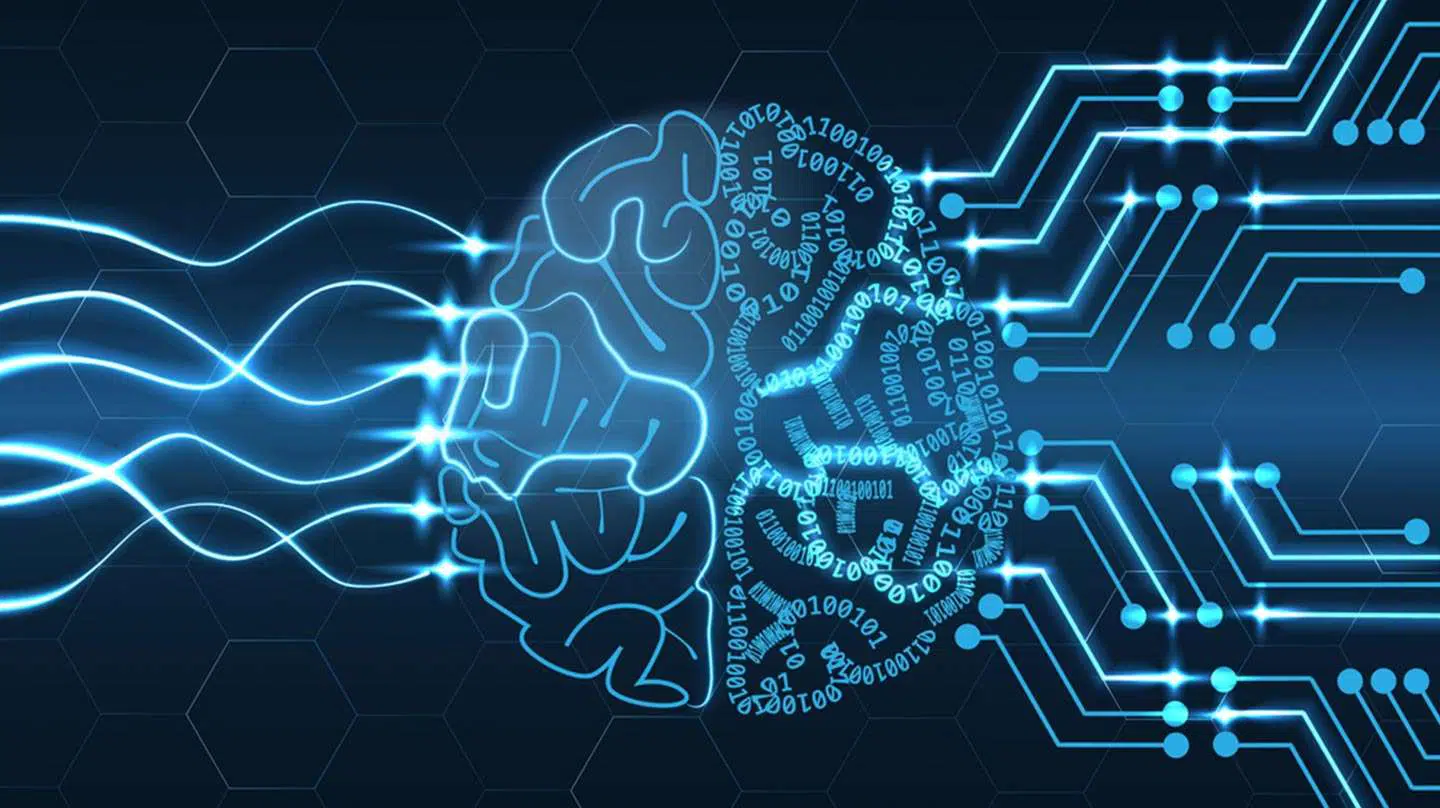



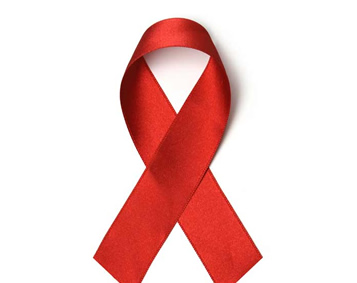


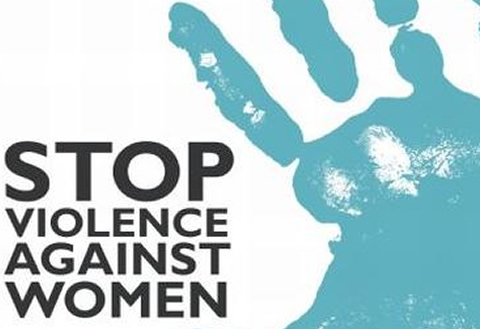



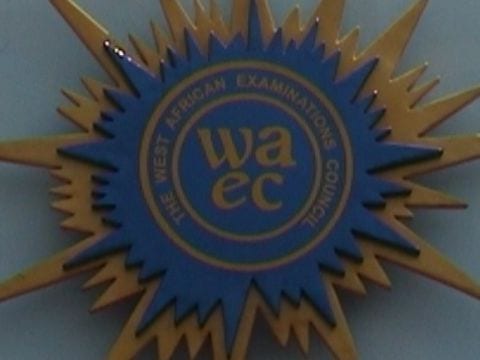
Facebook
Twitter
Pinterest
Instagram
Google+
YouTube
LinkedIn
RSS